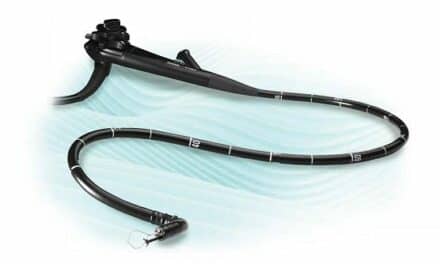New York-based CorVent Medical has closed on a $4.5 million seed financing round to support the commercialization of the first single-use, critical care ventilator that will enable rapid and affordable deployment with superior infection control.
The financing round is led by the prominent European life sciences venture capital firm Sofinnova Partners with participation from Redmile Group, Exor Seeds, Genesis Medtech Group, The Deerfield Foundation, The Pagliuca Family Office, and Accel Founder Jim Swartz. Funds will be used to finalize regulatory filings under the FDAs emergency use authorization act, to upon approval launch the CorVent Single-Use Ventilator, and to support future development of lifesaving devices for respiratory insufficiency.
“The COVID-19 pandemic has highlighted a significant need for emergency-use ventilators that can be rapidly deployed to enable on-demand, critical care ventilation,” says Antoine Papiernik, Managing Partner at Sofinnova Partners. “CorVent has created an elegant yet simple, single-use solution for emergency preparedness that can be stored for long periods of time without the expense and delay of complicated service contracts. We are proud to partner with this proven team to bring a much needed solution to market.”
The CorVent Single-Use Ventilator is designed to meet each patient’s respiratory needs in an easy plug-and-play setup with built-in safeguards. The single-patient design provides superior infection control with integrated filters to protect healthcare providers, staff and patients. Delivering critical care ventilation at a moment’s notice, the CorVent Single-Use Ventilator complements existing products during hospital shortages or in underserved markets.
“Our product is unique in that it is the only single-use, critical care ventilator that extends capacity when needed most,” says Mark Gelfand, CEO of CorVent. “Whether it is in response to a pandemic or to address an underserved market, our single-use ventilator enables hospitals, states and countries to cost-effectively and efficiently address respiratory insufficiency so healthcare providers can immediately focus on critical patient needs.”





